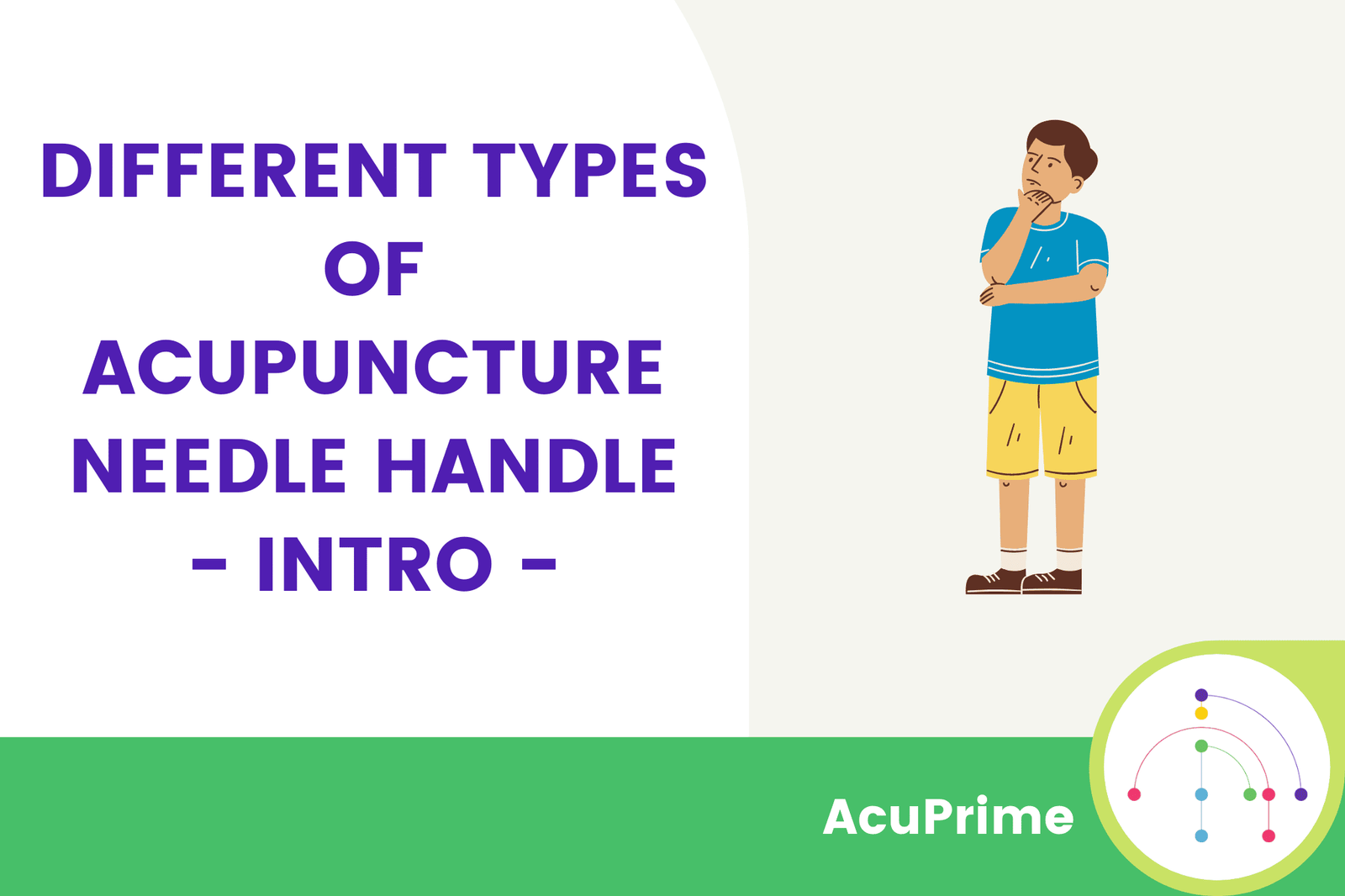Traditional Chinese Medicine (TCM) strongly emphasises the use of natural products and Chinese herbs as they aim to boost metabolism, strengthen immunity, and promote physical health. Moxibustion involves the burning of an ancient herb, which is thought to have numerous health benefits.
A process of moxibustion
This Chinese therapy requires the burning of dried Mugwort, a spongy herb. The mugwort leaves, used in the form of a stick or cone called moxa, are burnt close to the skin, more commonly on the handles of acupuncture needles. You can either directly place the moxa cone on the treatment site or burn one end of the cone to produce heat. Alternatively, you can place the moxa cones on acupuncture needles and then burn them, letting the heat travel to the acupuncture point via the shaft of the needle. The latter option is safer to use as the igniting moxa will never be in direct contact with the patient’s skin. In some practices, a layer of salt or garlic can be placed in between the moxa cone and the skin in order to protect the patient.
The heat produced during moxibustion is thought to aid blood flow through vessels and energy flow in meridian channels, particularly the kidney meridian channel.
So, what is mugwort?
Artemisia vulgaris, commonly known as mugwort, is a common invasive weed that is seen in many regions of the world. It can be found in Europe and certain parts of Asia, Africa, and North America. This weed invades vineyards, nurseries, refuse dumps and you might even be able to find it in your garden. While the weed might cause chaos in your lovingly tended flower beds, it is used as herbal medicine in many parts of the world. Moxa cones or sticks that are made of mugwort leaves, and used for healing specifically by burning them.
Moxibustion originated in China and has spread to other regions of the world with slight modifications. Looking at the world map, you can see that China, Japan, and Korea are located close to each other, thus impacting each other’s cultures and traditions, particularly in traditional forms of healing.
Compared to Chinese moxibustion, Japanese practitioners use high-quality mugwort leaves which are softer. A very minute quantity of leaves is used for the treatment, and are twisted between the fingers and placed on the acupuncture point. The moxa is then lit and it burns off and is then removed. In China, moxa cones and sticks are used to transfer heat via the shaft of acupuncture needles whilst Korean moxibustion also often involves the application of other medicine and the warming action of moxa at the same time. Among the three, Japan not only uses finer needles for acupuncture – which are painless – but also tends to use the highest quality mugwort leaves, which are thought to be the most effective.
When choosing moxa, it’s easy to be overwhelmed by the choice although your type of practice will narrow it down somewhat. It’s best to have a good range of moxa in stock, so that you can always have the right type on hand to suit the patient in front of you.








